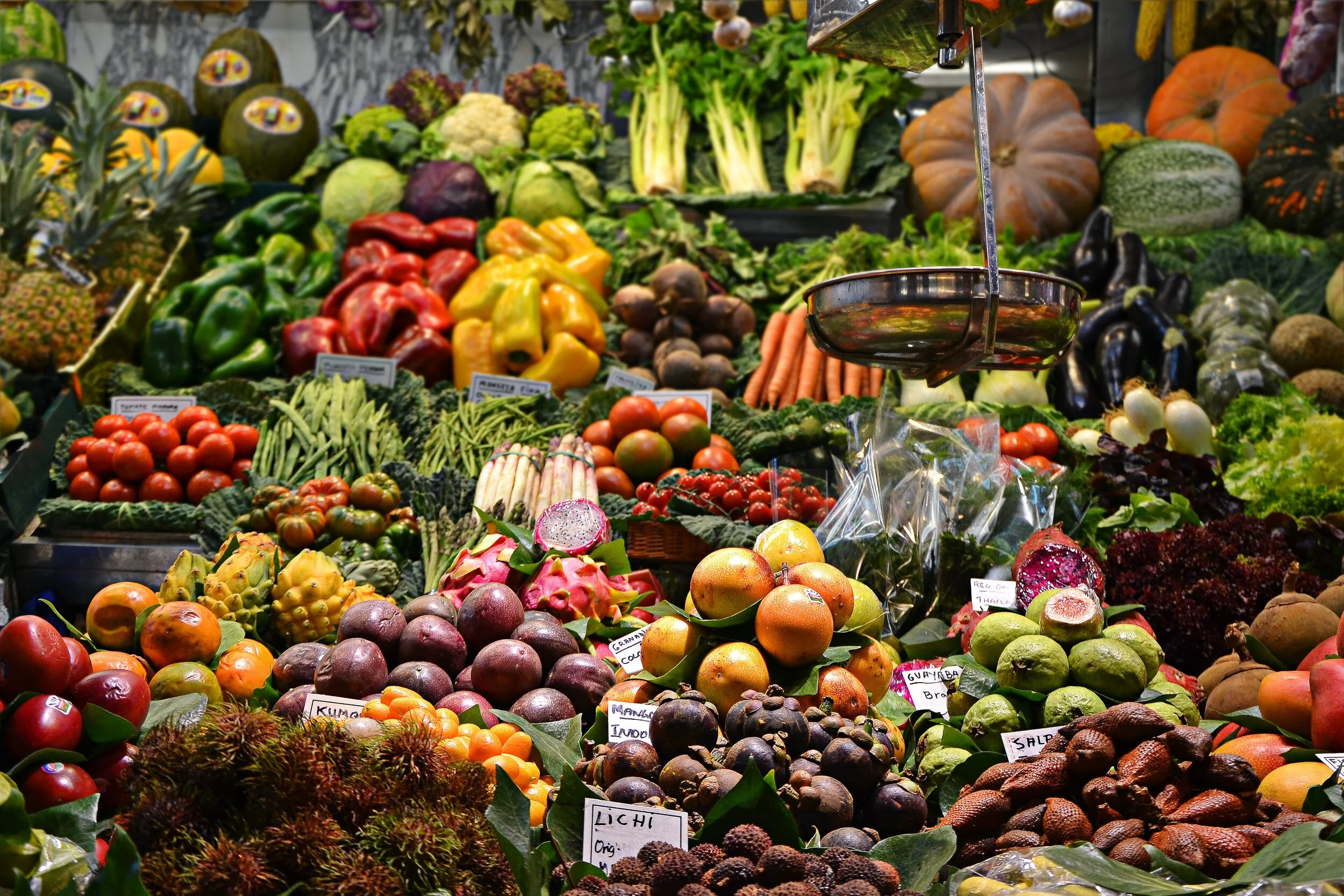Reducing Food Waste Can Help Address Food Insecurity
Janice Phillips, U.S. News
Millions of Americans struggle to put food on the table -- while millions of pounds of excess food are wasted every year.
The holiday season implies abundance: tryptophan-induced food comas at Thanksgiving, and Christmas and New Year's warnings about weight gain. But the season can also signify a time of scarcity and uncertainty for those who struggle with food insecurity.
The issue of food insecurity, however, extends beyond special occasions or the holiday season. Every day, individuals and families continue to struggle with food insecurity and may need additional support in meeting their daily need for food.
According to the U.S. Department of Agriculture , in 2017 one in eight individuals (13%) and one in six children (17%) experienced some form of hunger or food insecurity -- the lack of consistent access to an adequate food supply. Today, the rates of hunger in America exceeds the rate of hunger reported during the Great Recession in 2007.
Findings from the report Paycheck to Pantry, a report by Oxfam America and Feeding America, revealed that 54% percent of all households seeking support from the Feed America Network reported having at least one employed family member who has worked for pay within the past 12 months. Close to 58% of working household members reported having plans to seek food assistance on a regular basis as a means to supplement their monthly budgets. Still others reported having to make tough decisions, choosing between buying food and vs buying other necessities of life.
This is totally unnecessary given the way we waste food.
According to the U.S. Department of Agriculture we waste 30% to 40% of our food supply while millions of people struggle to have enough food on their tables. Research has shown that each person in the U.S. wastes approximately one pound of food each day, or 225 to 290 pounds each year -- enough to feed roughly 2 billion people each year. We must stop wasting food and use this food to feed the hungry. The mere fact that we are wasting so much suggests that there is enough food for everyone.
Thankfully there are national initiatives underway to address issues of food waste and food insecurity. For example, in their Food Plan for 2200, the city and county of Denver has initiated a comprehensive program to prevent food waste and rescue surplus food through a number of community based programs and public policies. In West Michigan, an affiliate member of Feeding America partnered with multiple sectors including farmers and grocery chains to rescue and distribute over 25.1 million pounds of wasted or unused food in 2018. Similar models are emerging across the United States. To avoid waste, even Starbucks is weighing in by donating unsold items to shelters and food pantries which then distribute food items to those in need.
Hospitals and health systems are beginning to play a role in looking at the amount of food that is wasted and ways to feed the hungry. Hospitals are rethinking the way they prepare and serve meals in order to avoid unnecessary costs and prevent waste, and are establishing partnerships to address the food insecurity needs of surrounding communities. One effort underway is at Rush University Medical Center where nurses have partnered with the Greater Food Depository and other community-based organizations to package and deliver surplus food to community-based agencies that feed the hungry. During the first year, at one of the sites near the Rush Health System, the program reduced food waste by more than 300 pounds per month, resulting in the delivery of more than 4,000 meals per month. Since then the program has been expanded to the larger medical center where similar results are noted.
The U.S. Department of Agriculture, The Food Drug Administration and the U.S Environmental Protection Agency have combined forces with a goal of reducing food waste nationwide by 50% by 2030. Reductions of this magnitude are dependent on the reduction, reuse and recycling of food waste.
As individual consumers we can commit to feeding the hungry by eliminating food waste in our own homes and daily lives. We can do this in a number of ways. Becoming a more conscientious food buyer may help to avoid buying excess food resulting in food loss and waste during food preparation and actual consumption. When there is an excess of nonperishable items, we can support efforts to safely repurpose excess food that can be shared with those in need. Supporting the various food banks and pantries in our communities beyond the holiday season should be a part of our commitment to this endeavor as well. Volunteering to assist in preparing and delivering food to food pantries, shelters, churches, food banks and other entities is another way to help ensure that food gets to those in need.
We all must play a stronger role in alleviating food insecurity. The global call to action asserts that in instances where hunger abounds, advancements in employment, education and economic conditions can be adversely impacted and greatly hampered. Malnourished and undernourished individuals are more vulnerable to diseases and illness, leaving us all at risk for a number of unfavorable consequences. We all must be concerned about eliminating food insecurity, reducing waste and thereby building healthier nations.
Having an adequate supply of food should be considered a basic human right, one for which we all must work to ensure that all individuals and families enjoy. Conquering the issue of excess food waste is critical to any effort aimed at eliminating food insecurity. We need to actively pursue this endeavor all year round. While there are many problems to conquer in America, going to bed hungry should not be one of them regardless of the season.
Source: https://www.usnews.com/news/healthiest-communities/articles/2019-10-22/commentary-the-link-between-food-waste-and-food-insecurity
